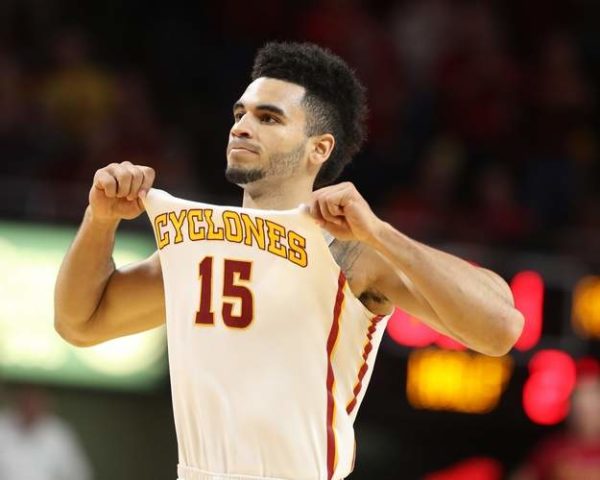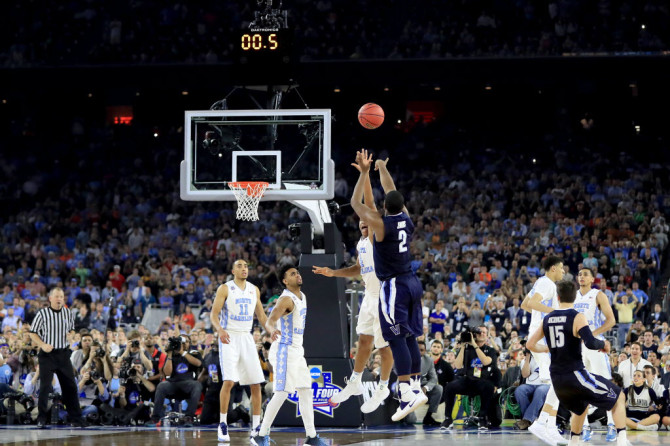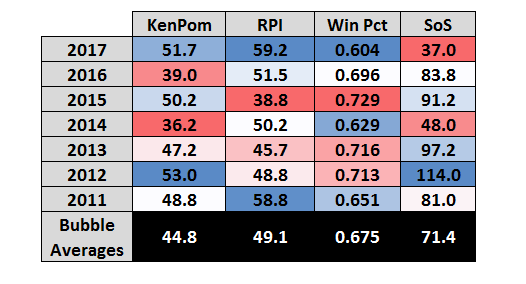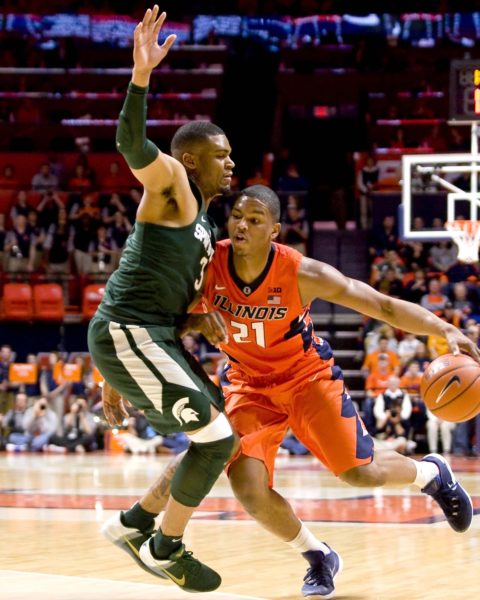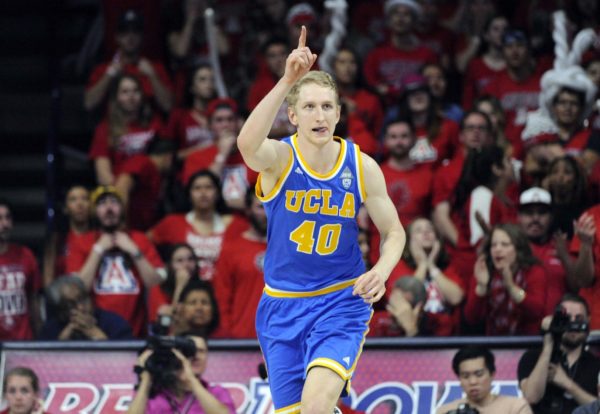Inside the ACC Numbers: Volume VII
Posted by Brad Jenkins (@bradjenk) on March 3rd, 2017Here is the latest edition of our weekly review of the current ACC standings and team performances where we focus on which teams are playing better or worse than their records indicate. Each week we delve into advanced metrics to reveal a few interesting teams, player statistics and trends. This week we will look at the how ACC teams have performed in the nail-biter games — conference games decided by one or two possessions. Finally, we forecast how the final ACC standings may look given current efficiency margins, and what that means for each team’s postseason aspirations.
Note: All data is current for games played through Wednesday, March 1.
Current Standings

Hats off to North Carolina for clinching at least a share of the ACC regular season title for the second straight season and for the eighth time in Roy Williams’ 14-year tenure at the school. The Tar Heels took advantage of a scheduling imbalance in their favor this year, with only three road games coming versus the top nine schools in the ACC standings. Despite being generally regarded as the ACC’s sixth best team in both the efficiency metrics and the national polls, Notre Dame sits alone in second place in the standings. With the Irish traveling to Louisville this weekend, though, the odds are against Mike Brey’s squad in catching the Heels. If all the home favorites win their games this weekend, Virginia Tech could rise all the way to the #5 seed in next week’s ACC Tournament, even with a likely negative points per possession margin. See below for how Buzz Williams’ guys have made this a legitimate possibility.
Advanced Stat of the Week: Performance In Close Games





























